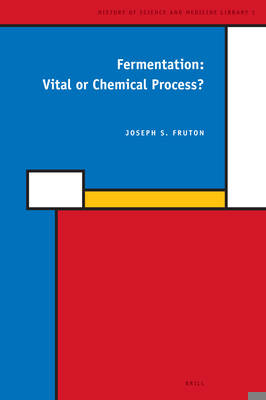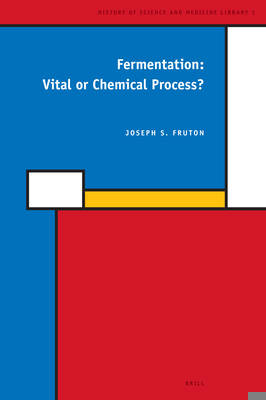
- Afhalen na 1 uur in een winkel met voorraad
- Gratis thuislevering in België vanaf € 30
- Ruim aanbod met 7 miljoen producten
- Afhalen na 1 uur in een winkel met voorraad
- Gratis thuislevering in België vanaf € 30
- Ruim aanbod met 7 miljoen producten
Zoeken
Omschrijving
Human knowledge of the conversion of grape must into wine and of cereal dough into bread is as old as agriculture. This book is a study of the ways this phenomenon (fermentation) has been considered since Aristotle to be analogous to natural processes such as human digestion. During 1200-1600 A.D., alchemists wrote "ferments" or "elixirs" that could turn lead into gold. A century later, in Newton's time, many physicians and natural philosophers considered fermentation to be an important natural process. The 18th century was marked by Lavoisier's celebrated experiment on alcoholic fermentation. The 19th-century debate about the nature of this process was concluded by Buchner's preparation of an active cell-free yeast extract. From 1910-1940 many researchers participated in the identification of the chemical intermediates and catalysts in the multi-enzyme pathway of alcoholic fermentation.
Specificaties
Betrokkenen
- Auteur(s):
- Uitgeverij:
Inhoud
- Aantal bladzijden:
- 160
- Taal:
- Engels
- Reeks:
- Reeksnummer:
- nr. 1
Eigenschappen
- Productcode (EAN):
- 9789004152687
- Verschijningsdatum:
- 27/10/2006
- Uitvoering:
- Hardcover
- Formaat:
- Genaaid
- Afmetingen:
- 165 mm x 247 mm
- Gewicht:
- 430 g

Alleen bij Standaard Boekhandel
+ 378 punten op je klantenkaart van Standaard Boekhandel
Beoordelingen
We publiceren alleen reviews die voldoen aan de voorwaarden voor reviews. Bekijk onze voorwaarden voor reviews.








